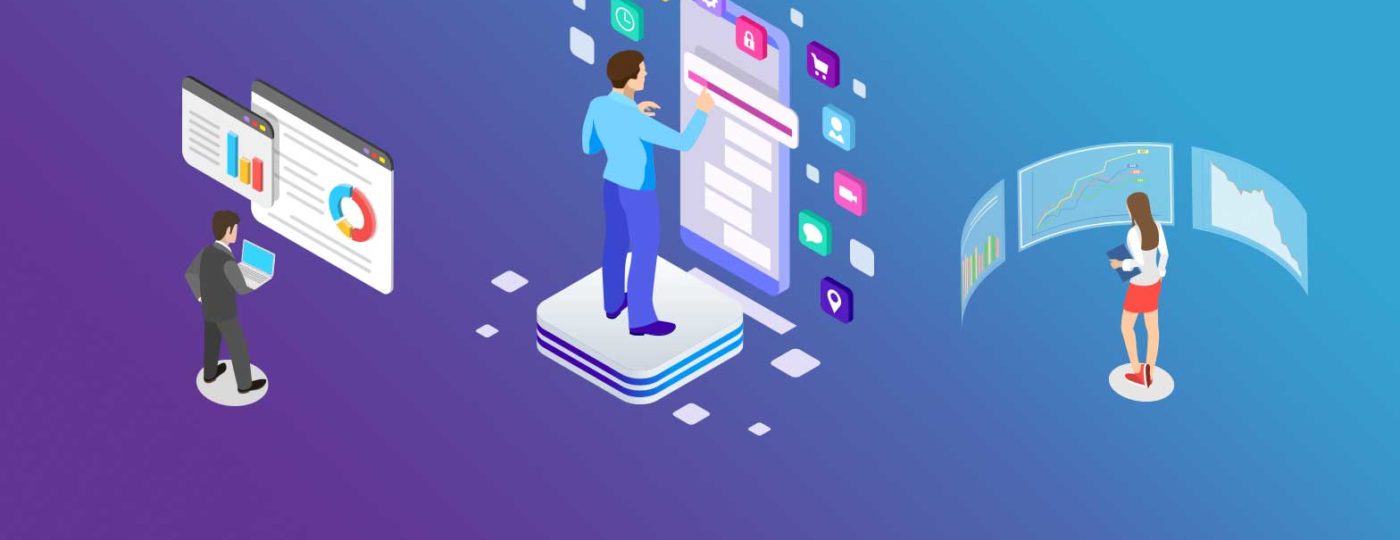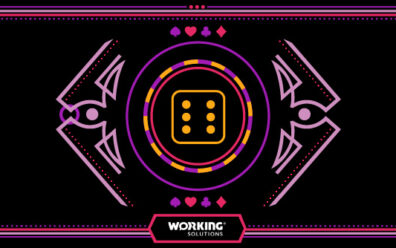Contact Center Operations Customer Engagement Customer Experience Customer Service Outsourcing Customer Service Strategy On Demand Contact Center9.5 Minute Read
Omnichannel vs. Multichannel Customer Care: What’s the Difference and Why It Matters
When customers jump between phone, chat, email, and social media to reach your team, the difference between a frustrating and seamless experience can come down to how those channels are connected. Understanding the distinction between multichannel and omnichannel customer service is not just a matter of terminology. It’s a strategic decision that affects customer satisfaction, operational efficiency, and long-term brand loyalty.

What Is the Difference Between Omnichannel and Multichannel Customer Care?
Multichannel customer service provides multiple communication options. These channels—like phone, email, social media, and chat—are available but not connected. Customers might have to repeat themselves or start over with each new touchpoint.
Omnichannel customer care integrates those same channels into one unified customer journey. Conversations and data follow the customer across every interaction. This results in a smoother, more personalized experience and fewer dropped connections.
According to Sobot, companies with strong omnichannel strategies retain 89% of their customers. Those using only multichannel strategies retain just 33%. That’s a major difference in loyalty and lifetime value.
Why Omnichannel Is Crucial for CX Leaders
1. Increases Customer Loyalty
Omnichannel customers tend to be more loyal. They are also more likely to make repeat purchases and spend more. In fact, shoppers who use three or more channels have a 30% higher lifetime value, according to Firework.
2. Improves Operational Efficiency
When tools are integrated, agents can respond faster. Businesses that implement omnichannel strategies see up to 35% cost reductions and 9.5% higher annual revenue growth, based on UniformMarket data.
3. Meets Rising Expectations
A study by Trengo found that 73% of customers expect companies to understand their needs. They also want consistency across every department. Omnichannel service is the most effective way to meet those expectations.
Common Mistakes When Implementing Omnichannel or Multichannel CX
- Confusing Availability with Integration
Being on many platforms doesn’t mean those platforms work together. True omnichannel service connects all touchpoints. - Failing to Train Staff
Agents need training to deliver seamless support across multiple channels. Without it, customer frustration rises. - Relying on Disconnected Tools
Using separate systems for each platform slows down support and limits personalization. - Overlooking Mobile Experiences
Mobile-first design is essential. Many customers begin their journeys on smartphones or tablets. - Not Using Analytics
Without data, it’s hard to improve. Insights into channel performance and customer behavior are key to long-term success.
Myths and Facts About Omnichannel Customer Care
| Myth | Fact |
|---|---|
| Omnichannel is only for big brands. | Cloud-based tools and BPO support make it accessible for mid-sized companies. |
| Omnichannel means being on every platform. | It means focusing on the right platforms and integrating them effectively. |
| Customers don’t notice continuity. | They absolutely do. Seamless experiences drive satisfaction and loyalty. |
Challenges and Solutions for Implementing Omnichannel Support
Even for experienced CX leaders, launching or optimizing an omnichannel support strategy can feel overwhelming. Below are some of the most common roadblocks brands encounter, along with practical solutions to help overcome them effectively.
CHALLENGE:
Siloed Customer Data
In many organizations, customer data is scattered across different systems. CRM platforms, email tools, live chat logs, and social media software often operate independently. This fragmentation makes it difficult for agents to see the full customer journey. As a result, customers are frequently asked to repeat information when they switch channels, which can lead to frustration.
SOLUTION:
Invest in a centralized CRM that connects every channel. Solutions like Salesforce, Zendesk, and HubSpot unify data from voice, chat, email, and social platforms. This approach allows agents to view the entire customer history in real time. It also improves first-contact resolution, supports personalization, and enables more strategic decision-making through analytics.
CHALLENGE:
Inconsistent Brand Messaging Across Channels
When support channels are managed separately, messaging can become inconsistent. A customer may receive one answer via live chat and a completely different response through email or social media. This inconsistency damages brand credibility and customer trust.
SOLUTION:
Establish a single knowledge base and script repository that all agents can access. Provide up-to-date guidelines, FAQs, and escalation procedures across all channels. Dynamic scripting tools can adapt messaging to the tone of each channel while keeping the core message aligned. Conduct regular audits to ensure brand voice remains consistent. Training and quality assurance reviews also play a key role in standardizing communications.
CHALLENGE:
Overwhelmed Internal Teams
CX departments are often under pressure to deliver excellent service while dealing with limited resources. During peak seasons or unexpected surges in call volume, internal teams may become overextended. This often results in long wait times, inconsistent service, and lower employee morale.
SOLUTION:
Partner with a virtual customer service BPO, such as Working Solutions. Outsourcing provides access to a flexible workforce that can scale to meet demand. Working Solutions offers trained, U.S.-based agents who are experienced across multiple channels. We handle recruitment, onboarding, scheduling, and QA processes. This support allows your internal team to focus on strategic goals rather than day-to-day volume spikes.
CHALLENGE:
Keeping Up with Rapidly Changing Technology
The customer experience tech landscape evolves quickly. Tools such as AI chatbots, predictive analytics, and automation platforms are becoming standard. However, adopting new tools without a cohesive strategy can result in disconnected systems and wasted investments.
SOLUTION:
Start by aligning technology investments with actual customer behavior and engagement patterns. Identify the channels that matter most to your customers and optimize those first. Choose platforms that offer API access and easy integrations to support long-term scalability. If in-house adoption feels too complex, consider partnering with a BPO provider that already offers these advanced tools. This allows your team to access cutting-edge solutions without a steep learning curve or disruption to current operations.
How to Choose the Right Strategy for Your Business
Your approach depends on your customers, internal capabilities, and growth goals. Here’s a simple breakdown:
| Business Stage | Recommended Strategy | Reason |
|---|---|---|
| Just starting out | Multichannel | Offers flexibility without full integration |
| Scaling CX efforts | Partial Omnichannel | Integrates your top-performing channels first |
| Enterprise with complex support needs | Full Omnichannel | Delivers personalized service at every touchpoint. |
If you’re seeing inconsistent service or slow response times, it’s probably time to explore omnichannel solutions.
Next Steps: How to Strengthen Your Omnichannel Customer Service Strategy
As expectations for customer service rise, the tools and strategies behind that service matter more than ever. Multichannel support is a good starting point, but omnichannel customer care creates lasting relationships and greater efficiency. It helps your team respond faster, delight more customers, and drive measurable results.
Ready to deliver a better experience across every touchpoint?
Contact Working Solutions today for a free consultation and learn how we help enterprise brands implement seamless, scalable omnichannel strategies.
Omnichannel and Multichannel Support: Common Questions Answered
Q: What is the difference between omnichannel and multichannel customer service?
A: Multichannel service provides multiple ways for customers to reach you, but each is separate. Omnichannel connects those channels so customer information and conversations flow between them.
Q: Why is omnichannel support important for enterprise companies in the United States and Canada?
A: It improves customer satisfaction, reduces operating costs, and gives service leaders the tools they need to scale effectively, especially in complex industries like travel, healthcare, and technology.
Q: Can a BPO help implement omnichannel support?
A: Yes. A customer service outsourcing partner like Working Solutions provides technology integration, agent training, and scalable solutions to help your business launch or enhance omnichannel operations.
Schedule your complimentary consultation with a Working Solutions customer care expert.
Talk to an Expert →
This Might Interest You...
This website uses cookies to personalize and improve your experience. Continue browsing our site if you agree to our Cookie Policy or feel free to Manage Cookies yourself.


